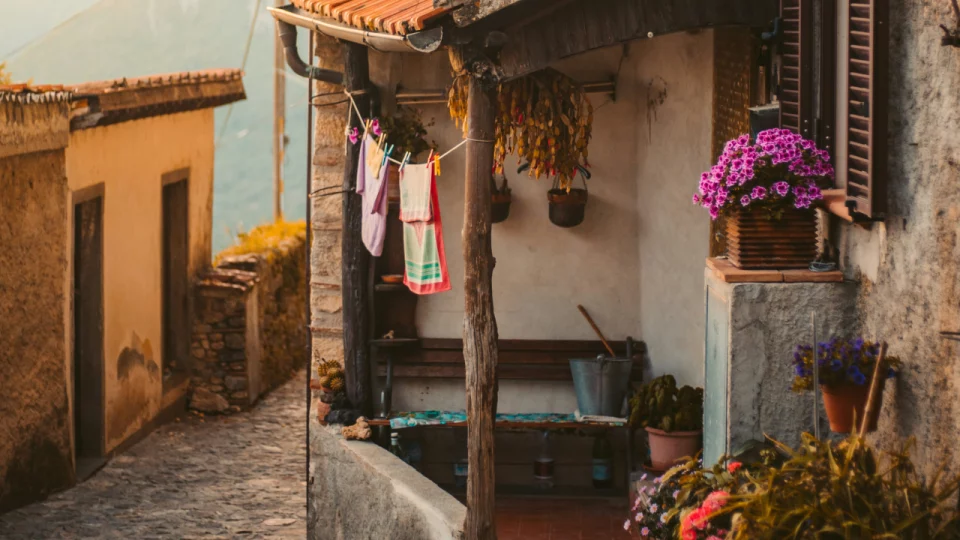Italy is often synonymous with iconic destinations such as Rome, Venice, Florence, and Milan. While these cities are undeniably captivating, Italy offers a wealth of lesser-known towns that are equally charming, rich in history, and brimming with local culture.
For those looking to step off the beaten path in 2024, there are several underrated Italian towns that promise a more authentic and tranquil experience. These hidden gems are perfect for travelers who seek a deeper connection with Italy’s natural landscapes, history, and local traditions.
Italy’s lesser-known towns offer a wealth of experiences that go beyond the usual tourist attractions. From the ancient cave dwellings of Matera to the Baroque splendor of Noto, these underrated destinations provide a unique and authentic glimpse into Italy’s diverse cultural heritage. As you plan your travels for 2024, consider venturing off the beaten path to explore these hidden gems, each with its own distinct charm and appeal.
Most underrated Italian towns to visit in 2024, each offering its own unique charm and attractions.
Table of Contents
1. Matera: A City Carved in Stone
Located in the southern region of Basilicata, Matera is a town that has gained more recognition in recent years but is still vastly underrated compared to Italy’s more famous cities. Known for its ancient cave dwellings, or “Sassi,” Matera is one of the oldest continuously inhabited cities in the world, with a history dating back over 9,000 years.
The Sassi di Matera, a UNESCO World Heritage site, are a complex network of cave dwellings carved into the limestone cliffs. These caves have been transformed into unique homes, churches, and even boutique hotels. Walking through the narrow alleys of Matera feels like stepping back in time, as the town maintains an ancient charm that is hard to find elsewhere. Beyond the Sassi, Matera boasts stunning views, especially from the Belvedere di Murgia Timone, which provides a panoramic perspective of the city.
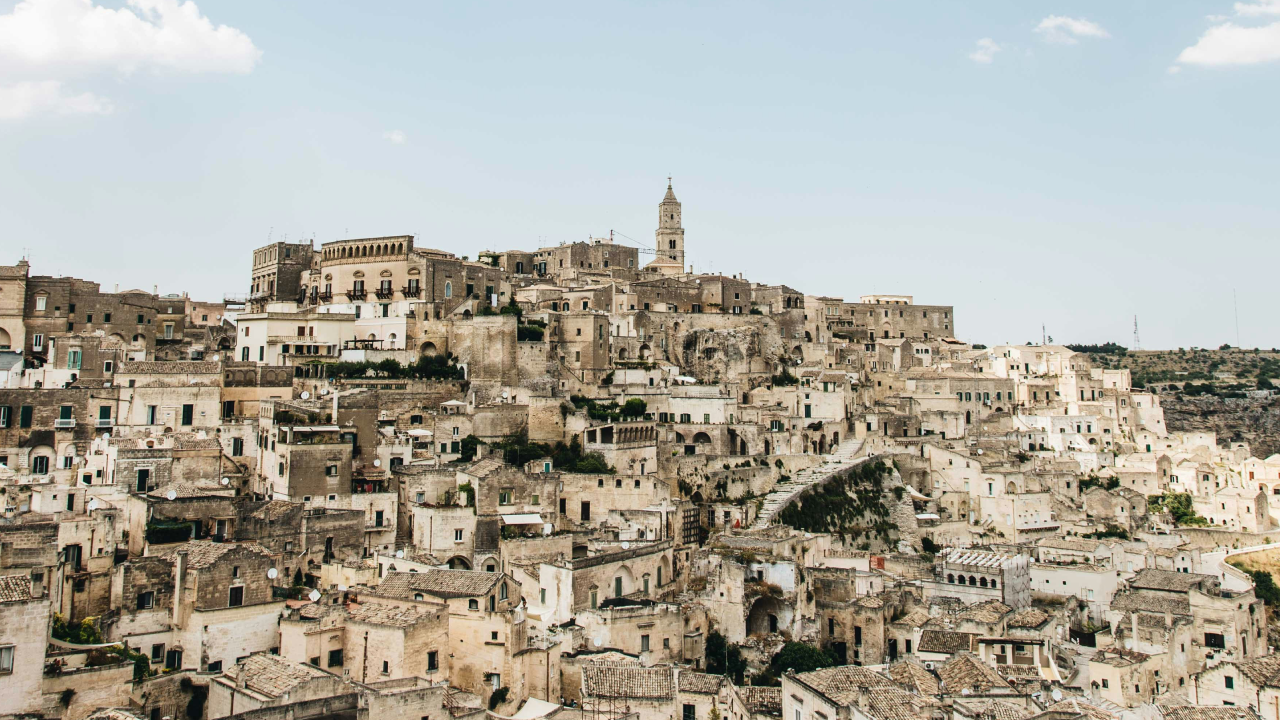
For those interested in Italian history and culture, Matera offers an immersive experience into ancient life. Visitors can explore the Crypt of Original Sin, known as the “Sistine Chapel of the Cave Churches,” with its well-preserved frescoes dating back to the 9th century. The food scene is another reason to visit Matera, where local specialties like “peperoni cruschi” (crispy peppers) and “cavatelli pasta” can be savored at traditional trattorias.
2. Orvieto: A Hilltop Gem in Umbria
Orvieto, located in the heart of Umbria, is a hilltop town that often gets overshadowed by its Tuscan neighbors. However, this medieval gem offers a wealth of history, stunning architecture, and delicious wine that makes it a worthy destination for 2024. The town sits atop a volcanic tuff cliff, providing dramatic views of the surrounding countryside.
Orvieto’s most iconic landmark is its magnificent Gothic cathedral, the Duomo di Orvieto. The cathedral is famous for its intricate façade adorned with colorful mosaics and sculptures, and its frescoed chapels, including the Chapel of San Brizio, which contains works by Luca Signorelli. Beyond the Duomo, Orvieto is home to a labyrinth of underground tunnels and caves that date back to Etruscan times. A guided tour through “Orvieto Underground” reveals a hidden world beneath the town, including ancient cisterns, wells, and even a medieval olive press.
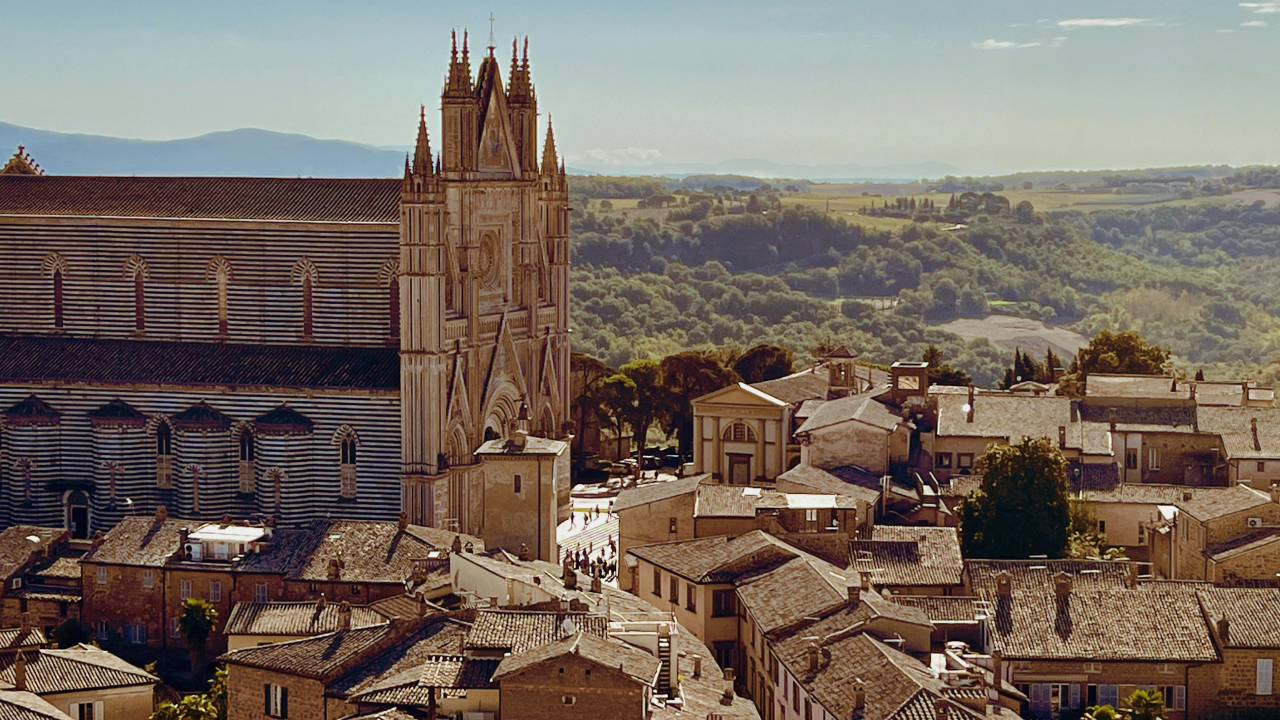
Wine lovers will appreciate Orvieto’s tradition of winemaking, particularly its crisp white wine, Orvieto Classico. The town’s charming streets are lined with enotecas (wine bars) and trattorias where visitors can sample local wines and traditional Umbrian dishes, such as “wild boar ragu” and “umbricelli” pasta. For those who appreciate art, the Museo dell’Opera del Duomo and the Museo Archeologico provide insight into Orvieto’s rich cultural heritage.
3. Procida: The Colorful Island of the Bay of Naples
While the Amalfi Coast and Capri often steal the spotlight, Procida, a small island in the Bay of Naples, is an underrated destination that offers a serene escape from the crowds. Named Italy’s Capital of Culture for 2022, Procida is known for its vibrant pastel-colored houses that cascade down to the crystal-clear waters of the Mediterranean.
Procida’s charm lies in its simplicity and authenticity. The island is small enough to explore on foot, and its narrow streets are filled with colorful houses, fishing boats, and quaint cafes. Marina Corricella, the island’s oldest fishing village, is a must-visit with its picturesque harbor and seafood restaurants serving freshly caught fish and local specialties like “spaghetti alle vongole” (spaghetti with clams). The Terra Murata, the highest point on the island, offers breathtaking views and is home to the historic Palazzo d’Avalos, a former prison now being transformed into a cultural site.
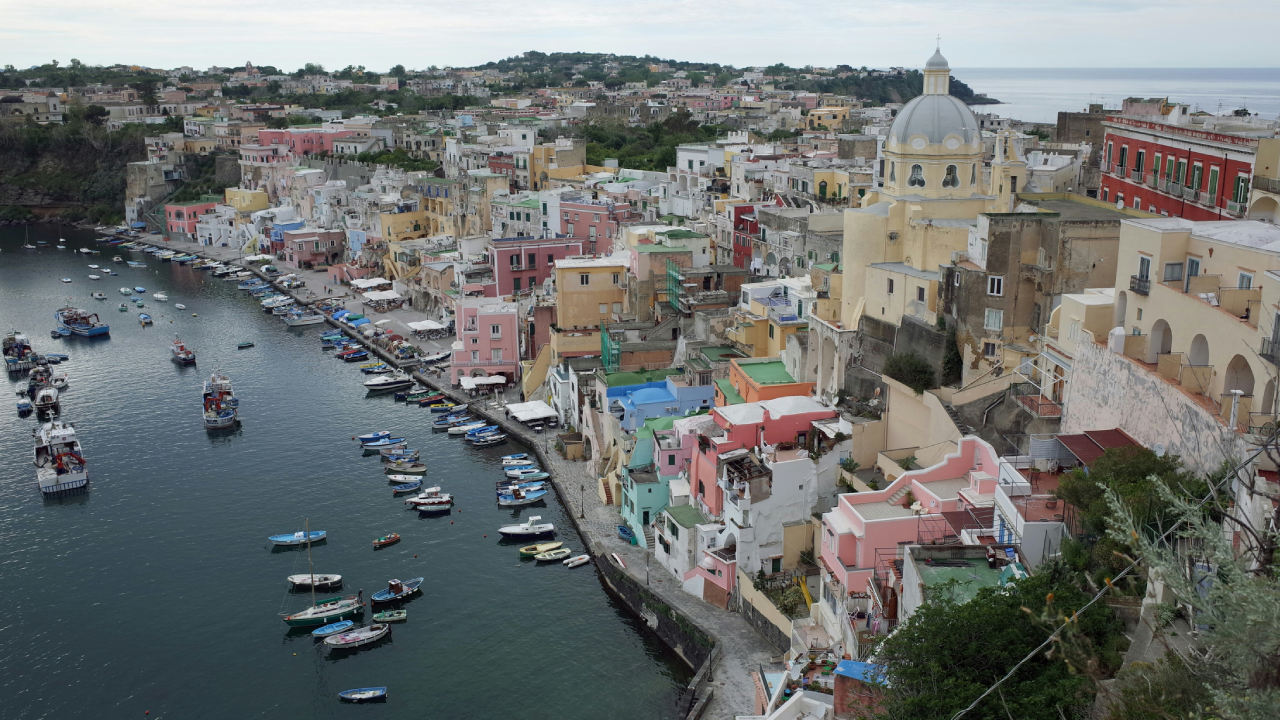
Procida’s beaches are also a major draw, with Chiaiolella Beach and the more secluded Pozzo Vecchio Beach (featured in the movie “Il Postino”) offering tranquil spots to relax by the sea. The island’s slow pace, combined with its natural beauty and charming atmosphere, makes Procida a perfect destination for those seeking an authentic Italian island experience.
4. Bergamo: The Overlooked Northern Beauty
Bergamo is a city in northern Italy that often gets overlooked in favor of its more famous neighbor, Milan. However, Bergamo is a hidden gem that deserves more attention, especially for travelers interested in history, art, and stunning views. The city is divided into two parts: the modern lower city (Città Bassa) and the historic upper city (Città Alta), which is surrounded by well-preserved Venetian walls that are a UNESCO World Heritage site.
The Città Alta is a medieval treasure trove with cobblestone streets, historic buildings, and charming piazzas. The Piazza Vecchia is the heart of the upper city, where visitors can admire the Palazzo della Ragione, the Contarini Fountain, and the Torre del Campanone, which offers panoramic views of Bergamo and the surrounding countryside. The Basilica di Santa Maria Maggiore, with its stunning frescoes and ornate Baroque interior, is another must-see attraction in Bergamo.
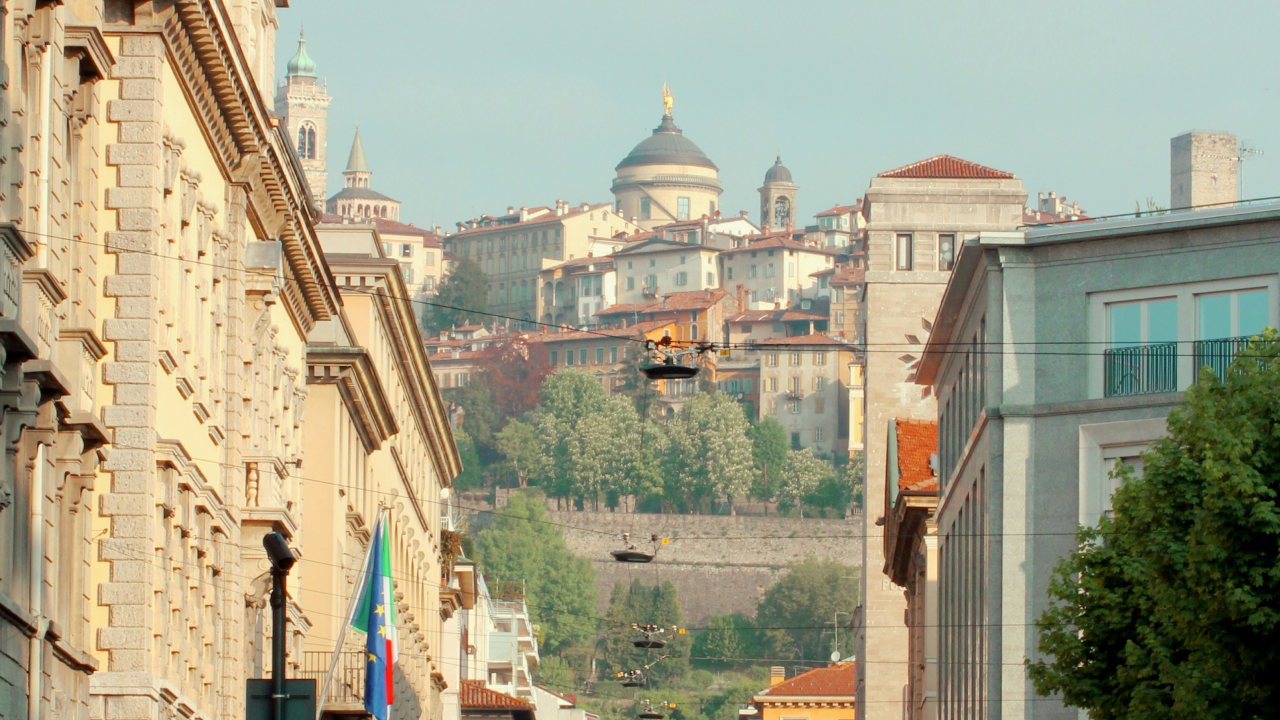
Bergamo is also known for its excellent cuisine, particularly its rich polenta dishes and “casoncelli,” a type of stuffed pasta. The city’s proximity to the Italian Alps makes it an ideal base for exploring nearby mountain trails, skiing resorts, and the scenic Lake Iseo, which is less crowded than the more famous Lake Como or Lake Garda.
5. Trieste: A Crossroads of Cultures
Trieste, located on Italy’s northeastern border with Slovenia, is a city that stands apart from other Italian towns due to its unique blend of Italian, Austrian, and Slovenian influences. As a former part of the Austro-Hungarian Empire, Trieste has a distinct architectural style that reflects its multicultural history.
The city’s central square, Piazza Unità d’Italia, is one of the largest seafront squares in Europe and is surrounded by grand buildings that reflect Trieste’s imperial past. The Miramare Castle, a stunning white castle built on a promontory overlooking the Adriatic Sea, is one of Trieste’s most famous landmarks. It was once the residence of Archduke Ferdinand Maximilian of Austria and is now a museum surrounded by beautiful gardens.
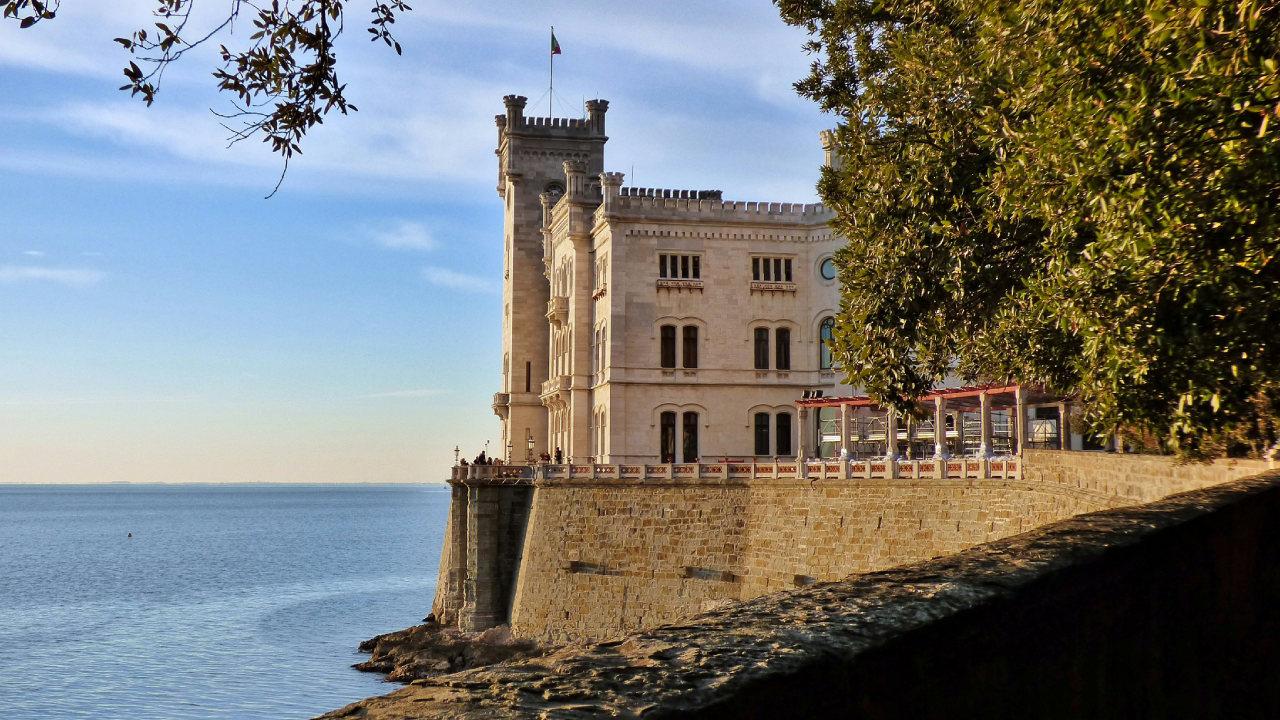
Trieste is also known for its vibrant coffee culture, thanks to its historical ties to the coffee trade. The city’s historic cafés, such as Caffè San Marco and Caffè degli Specchi, are perfect places to relax and enjoy a cup of coffee while soaking in the ambiance. The Carso region surrounding Trieste offers opportunities for outdoor enthusiasts, with hiking trails, caves, and vineyards producing the local Terrano wine. Trieste’s diverse culture, history, and natural beauty make it a fascinating destination for travelers seeking something different in Italy.
6. Modica: The Chocolate Capital of Sicily
Located in the southeastern part of Sicily, Modica is an underrated town known for its Baroque architecture, ancient heritage, and world-famous chocolate. Modica is part of the Val di Noto, a UNESCO World Heritage site, and is divided into two areas: Modica Alta (upper town) and Modica Bassa (lower town), each with its own unique character and attractions.
The town’s Baroque architecture is on full display in its two main churches: the Cathedral of San Giorgio and the Church of San Pietro. The Cathedral of San Giorgio, with its grand staircase and ornate façade, is one of the most beautiful examples of Sicilian Baroque architecture. The town’s narrow streets are lined with charming palazzos, artisan shops, and traditional bakeries.
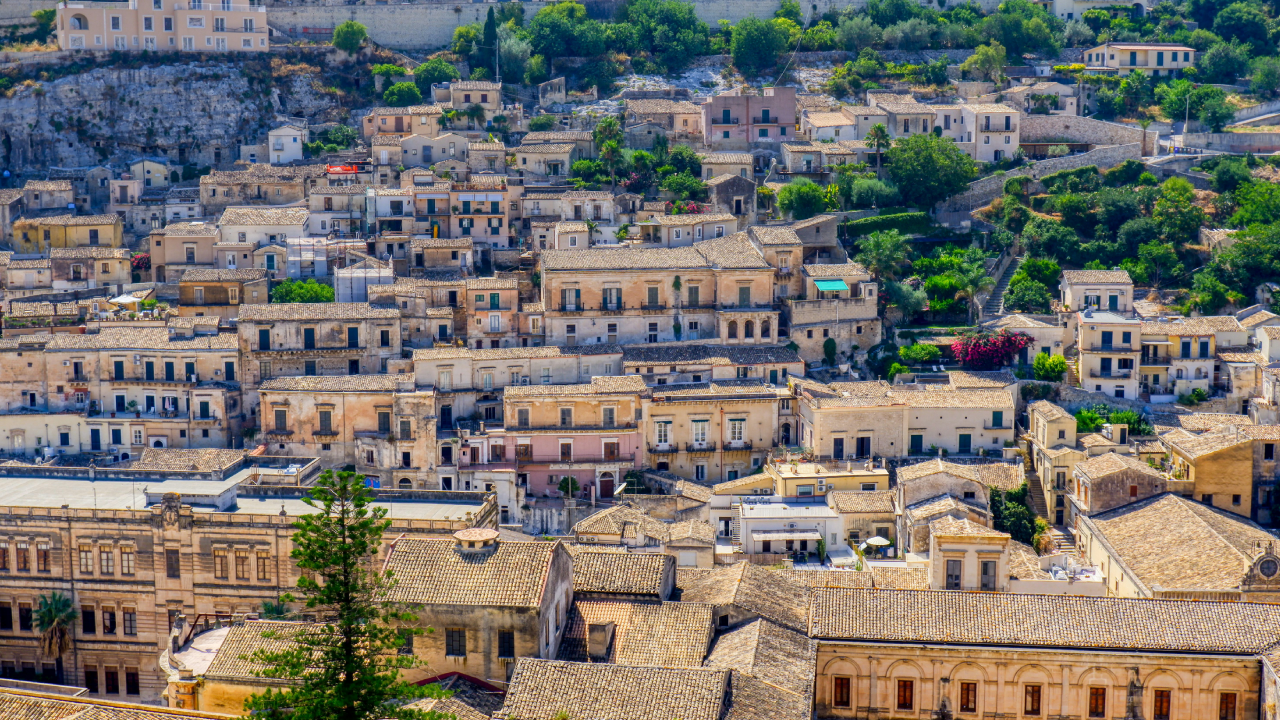
What sets Modica apart is its unique chocolate, which is made using an ancient Aztec recipe brought to Sicily by the Spanish in the 16th century. The chocolate is made without cocoa butter, resulting in a grainy texture and intense flavor. Visitors can learn about Modica’s chocolate-making tradition at the Antica Dolceria Bonajuto, one of Italy’s oldest chocolate shops, and taste a variety of chocolate flavors, from classic to more adventurous combinations like chili pepper or sea salt.
7. Ascoli Piceno: The Marble City of Le Marche
Ascoli Piceno, located in the lesser-known region of Le Marche in central Italy, is a town that remains under the radar for most travelers but offers a rich history, stunning architecture, and a vibrant local culture. Known as the “Marble City,” Ascoli Piceno is famous for its travertine marble buildings that give the town a unique and elegant appearance.
The heart of Ascoli Piceno is the Piazza del Popolo, one of Italy’s most beautiful squares, lined with Renaissance arcades, cafes, and historic buildings like the Palazzo dei Capitani del Popolo. The Cattedrale di Sant’Emidio and the medieval Torre degli Ercolani add to the town’s architectural charm. The town is also known for its delicious food.
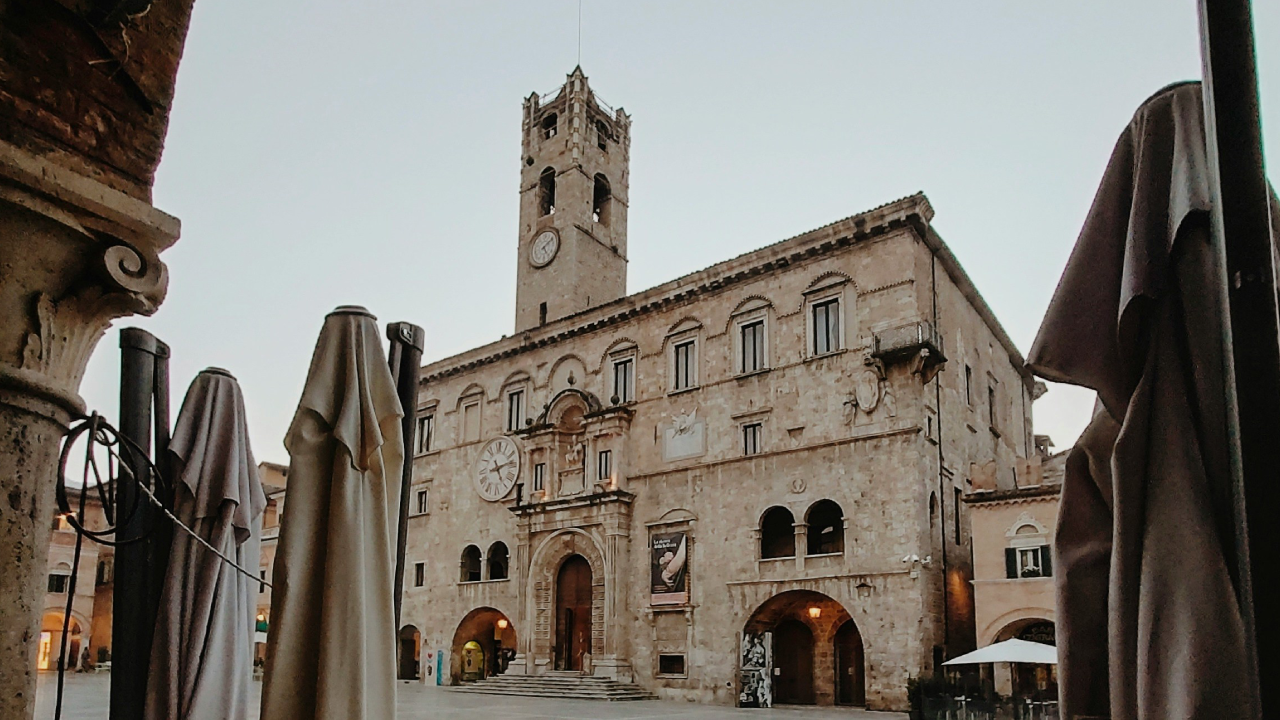
8. Pienza: The Ideal Renaissance Town
Nestled in the rolling hills of Tuscany, Pienza is a small town renowned for its Renaissance architecture and its role as a model of ideal city planning. Founded by Pope Pius II in the 15th century, Pienza is a UNESCO World Heritage site celebrated for its harmonious blend of urban design and natural beauty.
The town’s centerpiece is its central square, Piazza Pio II, which is flanked by important buildings such as the Cathedral of Pienza, the Palazzo Piccolomini, and the Palazzo Comunale. These structures showcase the elegance of Renaissance architecture and provide a glimpse into the town’s historical significance. The Palazzo Piccolomini, in particular, offers stunning views of the Val d’Orcia, a picturesque valley that has inspired countless artists and photographers.
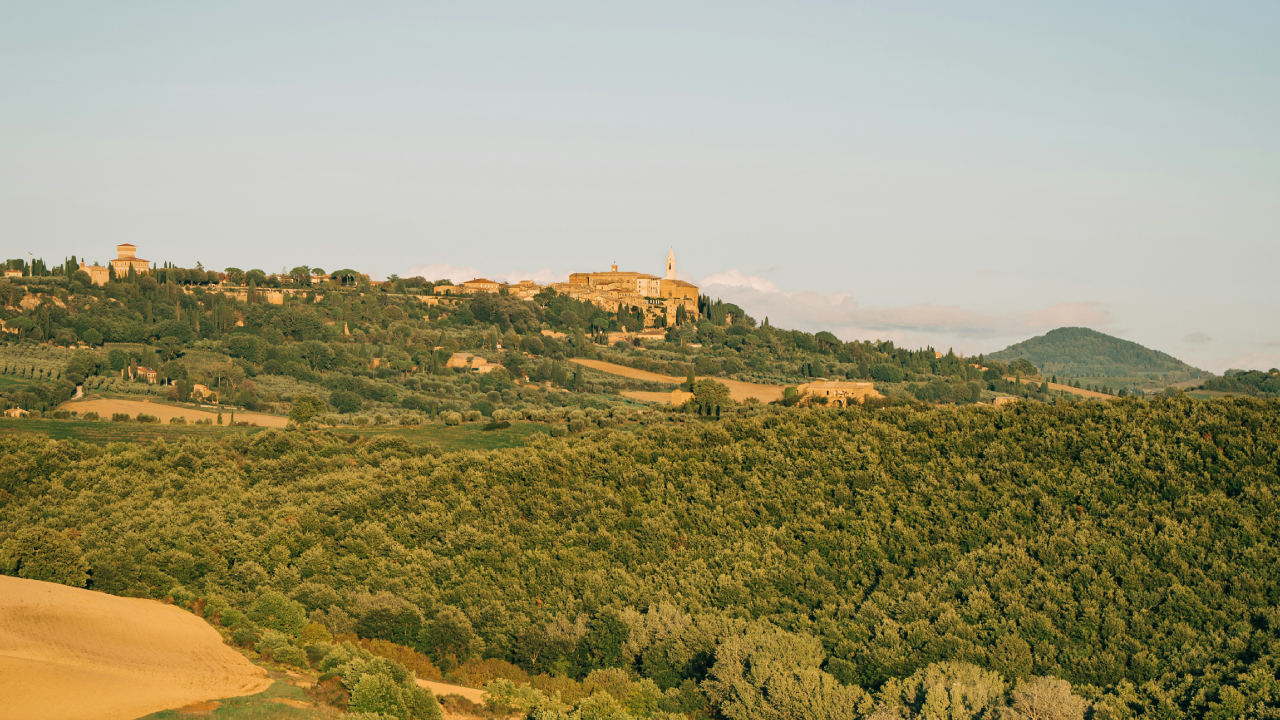
Pienza is also famous for its pecorino cheese, a local specialty made from sheep’s milk. The cheese has a distinctive flavor and comes in various stages of aging, from mild to sharp. Visitors can sample and purchase pecorino at local cheese shops and markets, making it a perfect souvenir to bring back from your travels.
9. Lucca: The Enchanting Walled City
Lucca, located in the Tuscany region, is a charming town often overshadowed by its more famous neighbors like Florence and Pisa. However, Lucca’s well-preserved medieval walls, picturesque streets, and historic architecture make it a delightful destination for those seeking a quieter Italian experience.
One of Lucca’s most distinctive features is its intact Renaissance-era city walls, which encircle the historic center. Visitors can walk or bike along the top of the walls, enjoying panoramic views of the town and the surrounding countryside. Inside the walls, Lucca’s narrow streets are lined with beautiful buildings, including the stunning Cathedral of San Martino and the Torre Guinigi, a medieval tower with a rooftop garden.
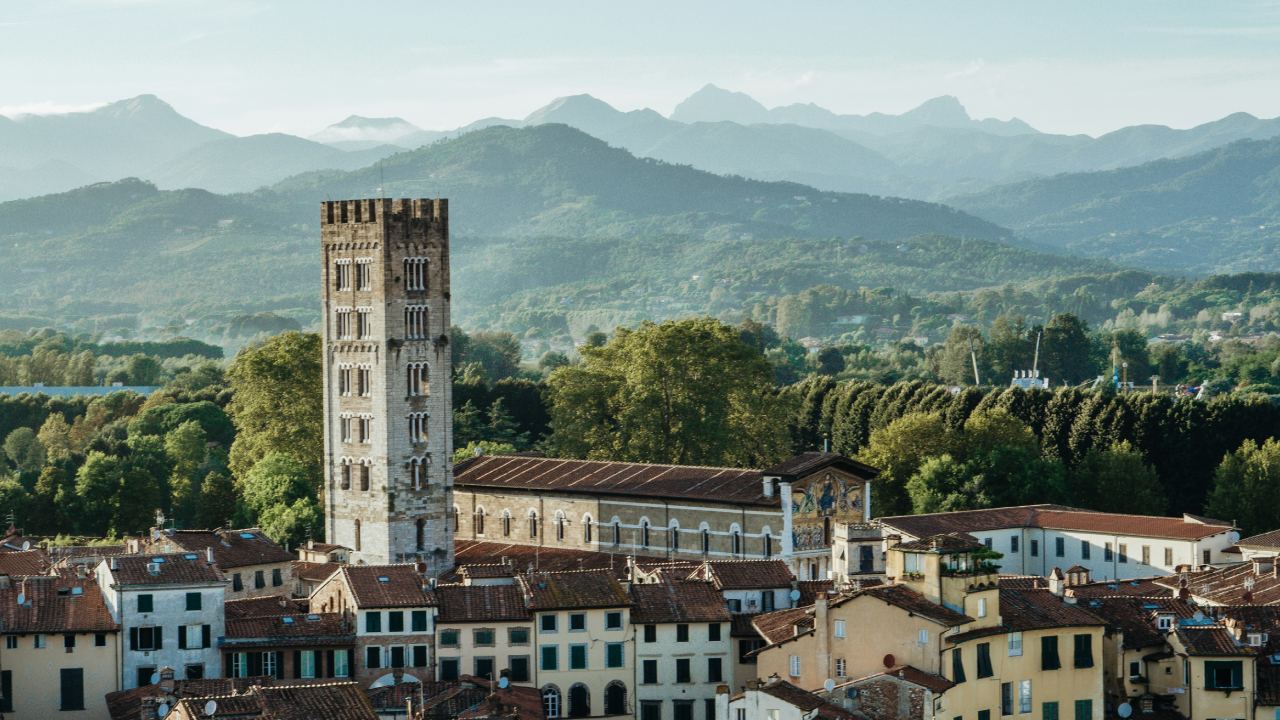
Lucca is also known for its vibrant arts scene, with several annual festivals and events celebrating music, literature, and the performing arts. The town’s lively piazzas, such as Piazza dell’Anfiteatro, offer plenty of opportunities to enjoy local cafes, shops, and restaurants. Lucca’s relaxed atmosphere and rich history make it a perfect destination for a leisurely exploration.
10. Cividale del Friuli: The Hidden Gem of Friuli-Venezia Giulia
Cividale del Friuli, located in the Friuli-Venezia Giulia region in northeastern Italy, is a historic town with a rich cultural heritage that often goes unnoticed by travelers. Founded by the Romans and later influenced by Lombard and Venetian rule, Cividale is a treasure trove of historical and architectural wonders.
One of Cividale’s most notable landmarks is the Lombard Temple, an early medieval building with remarkable frescoes and intricate carvings. The town is also home to the stunning Ponte del Diavolo (Devil’s Bridge), a medieval stone bridge that spans the Natisone River and adds to Cividale’s picturesque charm.
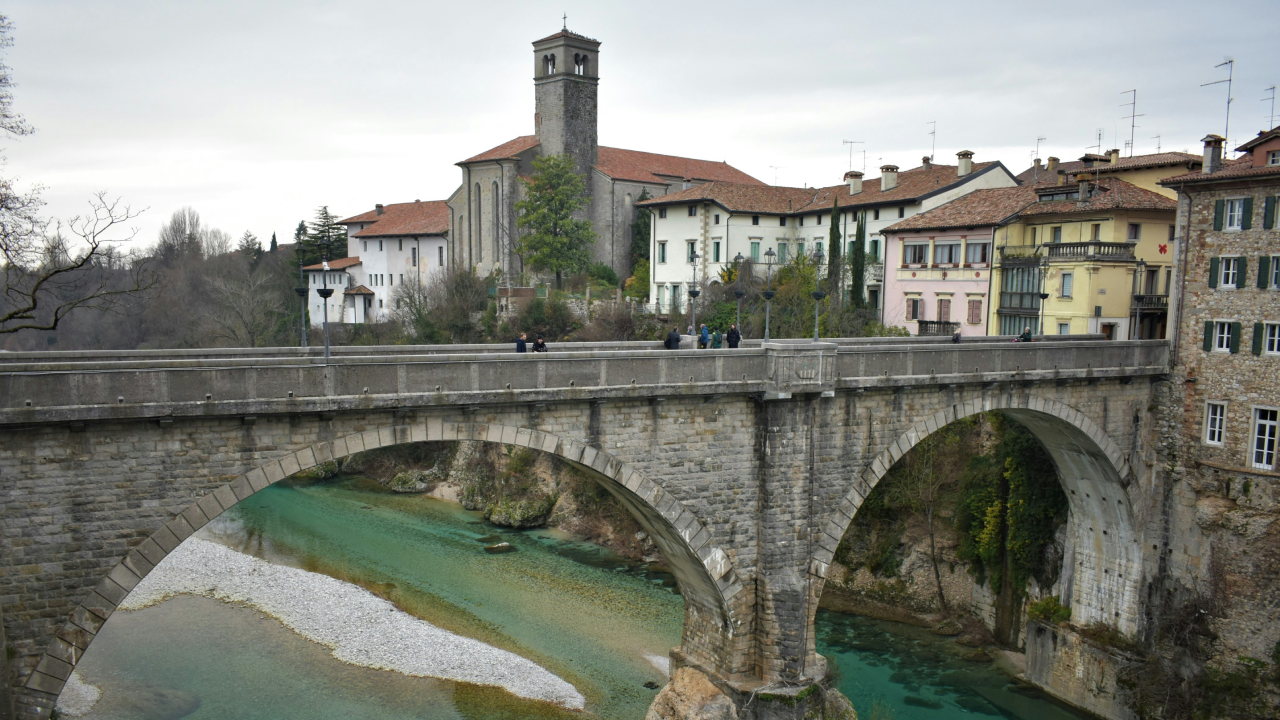
The town’s historic center features narrow streets, charming squares, and a variety of museums, including the Museo Cristiano and the Museo Archeologico. Cividale is also known for its traditional food, with local specialties such as “frico” (a cheese and potato dish) and “gubana” (a sweet pastry) that reflect the region’s culinary heritage.
11. Ravello: The Serene Amalfi Coast Retreat
While Amalfi and Positano often capture the limelight on the Amalfi Coast, Ravello is a tranquil town that offers a more serene and sophisticated experience. Perched high on a hill overlooking the coast, Ravello is known for its stunning views, elegant villas, and cultural events.
The town’s main attractions include the Villa Rufolo and Villa Cimbrone, both of which boast beautifully landscaped gardens and panoramic terraces. Villa Rufolo, in particular, is famous for its gardens and its role in inspiring Richard Wagner’s opera “Parsifal.” Villa Cimbrone’s Terrace of Infinity provides breathtaking views of the Mediterranean and is a highlight for visitors seeking a romantic and picturesque setting.
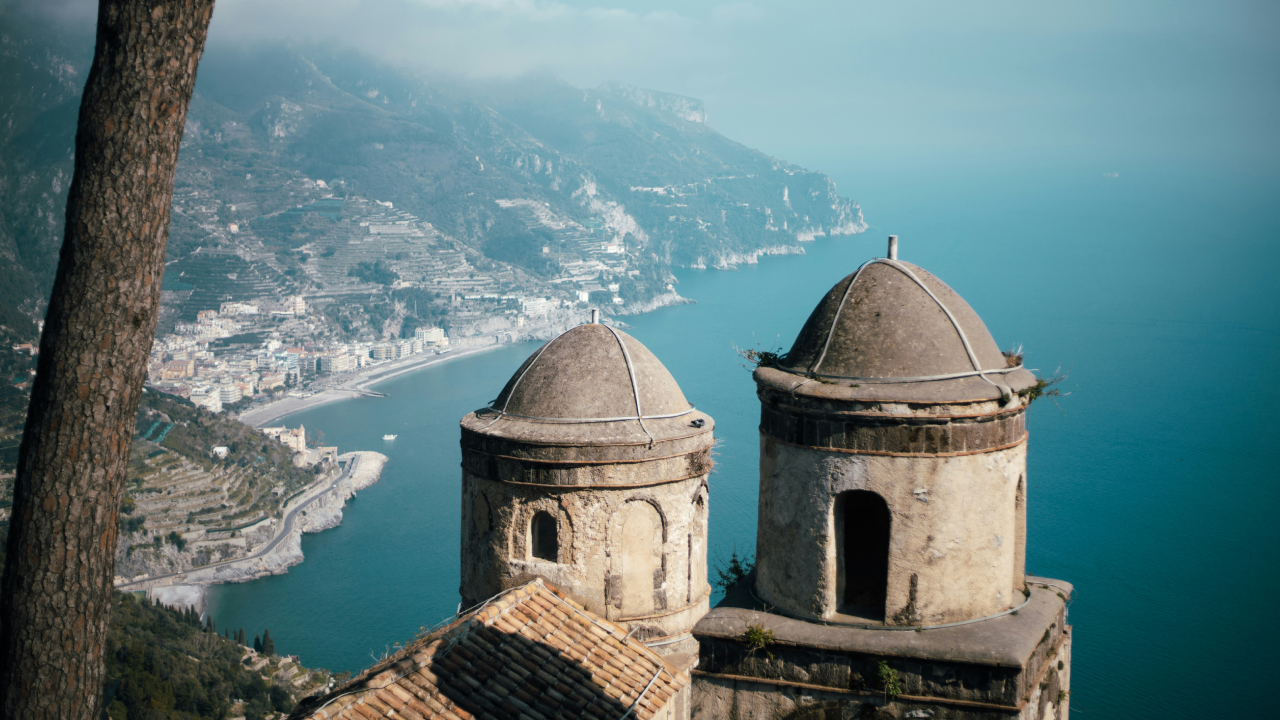
Ravello is also renowned for its annual Ravello Festival, which features a diverse lineup of musical and cultural performances. The town’s charming streets, boutique shops, and fine dining options make it an ideal destination for those looking to experience the Amalfi Coast’s beauty in a more tranquil setting.
12. Tarquinia: The Etruscan Heritage Town
Tarquinia, located in the Lazio region, is a town with a rich Etruscan heritage that offers a unique glimpse into Italy’s ancient past. Known for its well-preserved Etruscan tombs and archaeological sites, Tarquinia is a must-visit for history enthusiasts.
The town’s main attraction is the Banditella Necropolis, an extensive burial site featuring colorful frescoes that date back to the 7th century BCE. The Tarquinia National Museum showcases artifacts and relics from the Etruscan civilization, providing valuable insights into the culture and daily life of this ancient society.
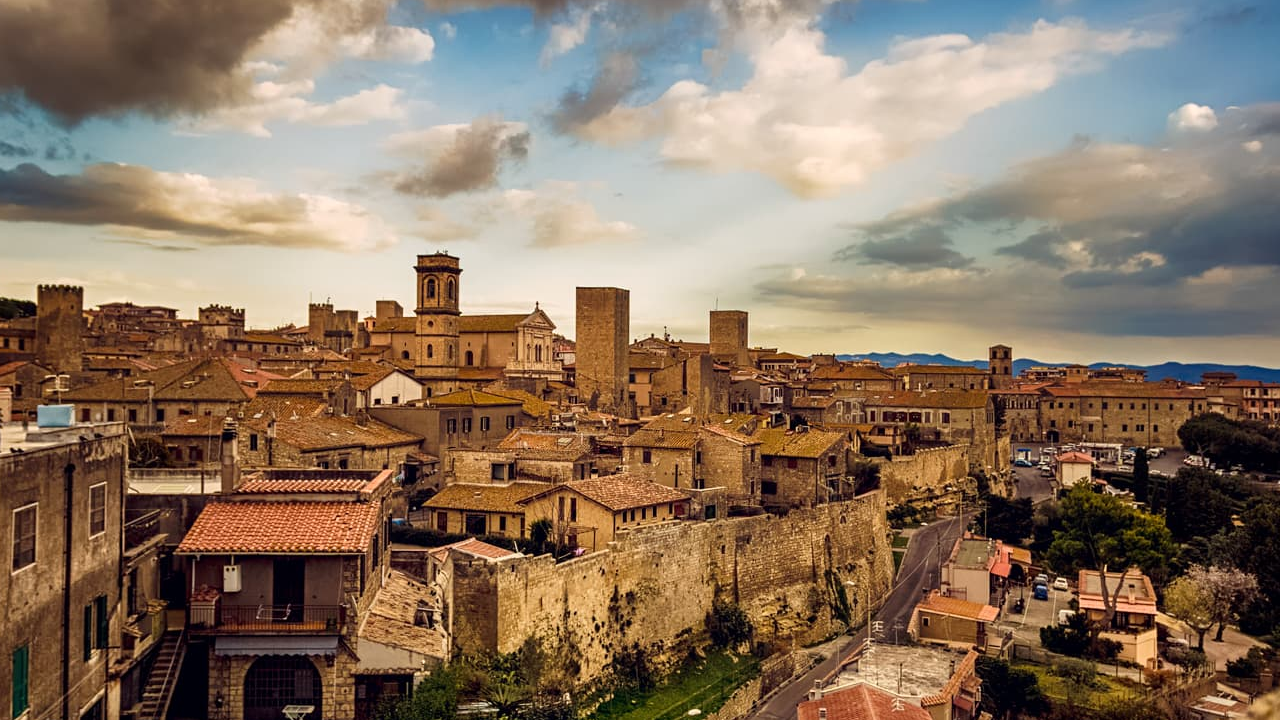
Tarquinia’s historic center is also worth exploring, with its charming medieval streets, historic churches, and local eateries. The town’s relaxed atmosphere and rich history make it a fascinating destination for those interested in Italy’s ancient heritage.
13. San Gimignano: The Medieval Manhattan
San Gimignano, located in Tuscany, is often referred to as the “Medieval Manhattan” due to its distinctive skyline of medieval towers. While it attracts tourists, it remains a charming and less crowded alternative to some of Tuscany’s more famous towns.
The town’s historic center is a UNESCO World Heritage site and features well-preserved medieval architecture, including the iconic towers that once belonged to wealthy families. The Piazza della Cisterna and Piazza del Duomo are the main squares, surrounded by beautiful buildings and historic landmarks like the Collegiate Church of San Gimignano and the Palazzo del Popolo.
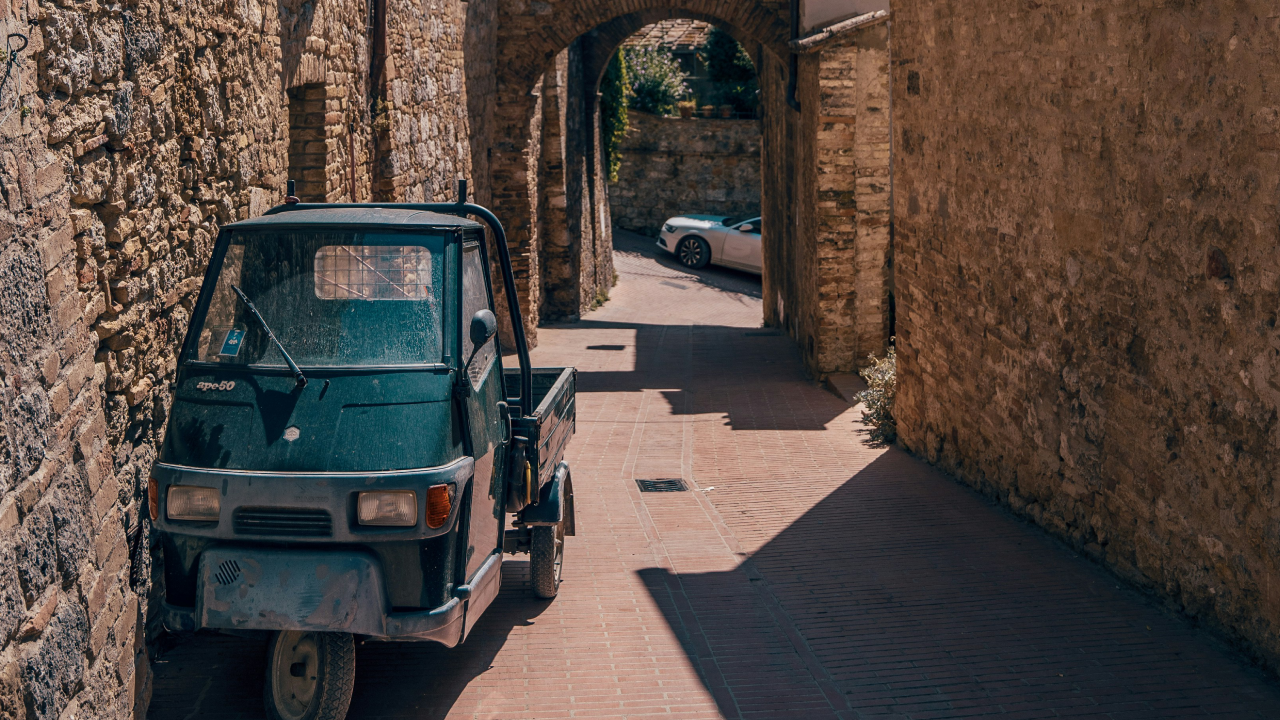
San Gimignano is also known for its white wine, Vernaccia di San Gimignano, which is produced in the surrounding vineyards. Visitors can sample this local wine at enotecas and restaurants throughout the town. The town’s charming streets, historical sites, and local cuisine make it a delightful destination for those exploring Tuscany.
14. Noto: The Baroque Marvel of Sicily
Noto, located in southeastern Sicily, is renowned for its stunning Baroque architecture and is often overshadowed by larger Sicilian cities like Palermo and Catania. The town’s historic center is a UNESCO World Heritage site and is celebrated for its harmonious Baroque buildings and elegant streets.
The Cathedral of Noto, with its grand façade and elaborate interior, is one of the town’s most iconic landmarks. The Palazzo Ducezio and the Church of San Carlo al Corso are other notable Baroque structures that add to Noto’s architectural splendor. The town’s main street, Corso Vittorio Emanuele, is lined with beautiful buildings and offers a pleasant stroll through Noto’s historic center.
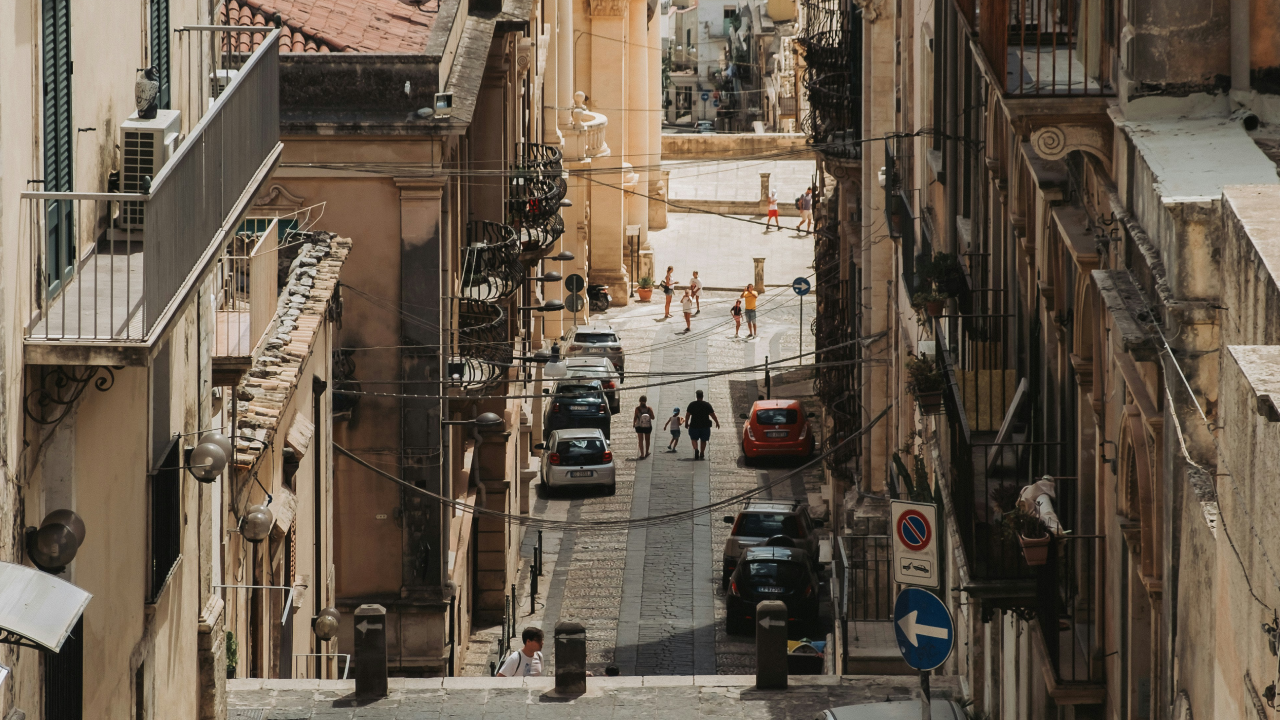
Noto is also known for its local sweets, particularly “cannoli” and “granita,” which visitors can enjoy at traditional bakeries and cafes. The town’s stunning architecture, rich history, and culinary delights make it a must-visit destination in Sicily.
15. Vicenza: The Palladian City
Vicenza, located in the Veneto region, is a town known for its association with the famous architect Andrea Palladio, whose work has greatly influenced Western architecture. While Vicenza may not be as well-known as Venice or Verona, it offers a wealth of architectural and historical treasures.
The town’s main attractions include the Basilica Palladiana, a stunning building with a distinctive loggia designed by Palladio, and the Teatro Olimpico, one of the earliest examples of a permanent indoor theater. The Palazzo Chiericati, home to the town’s art museum, and the Villa La Rotonda, a renowned Palladian villa located just outside the city, are also notable landmarks.
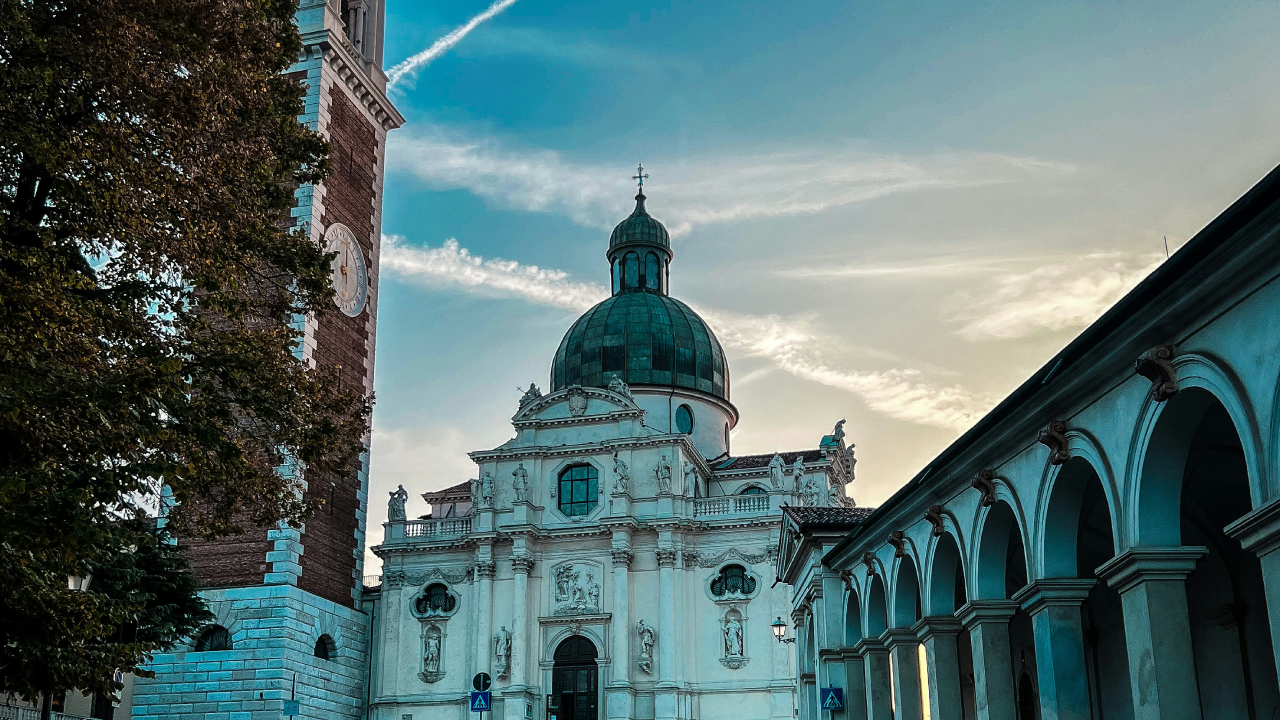
Vicenza’s historic center features charming streets, elegant piazzas, and a variety of local shops and restaurants. The town’s rich architectural heritage and cultural offerings make it a fascinating destination for those interested in Italy’s artistic and architectural history.
